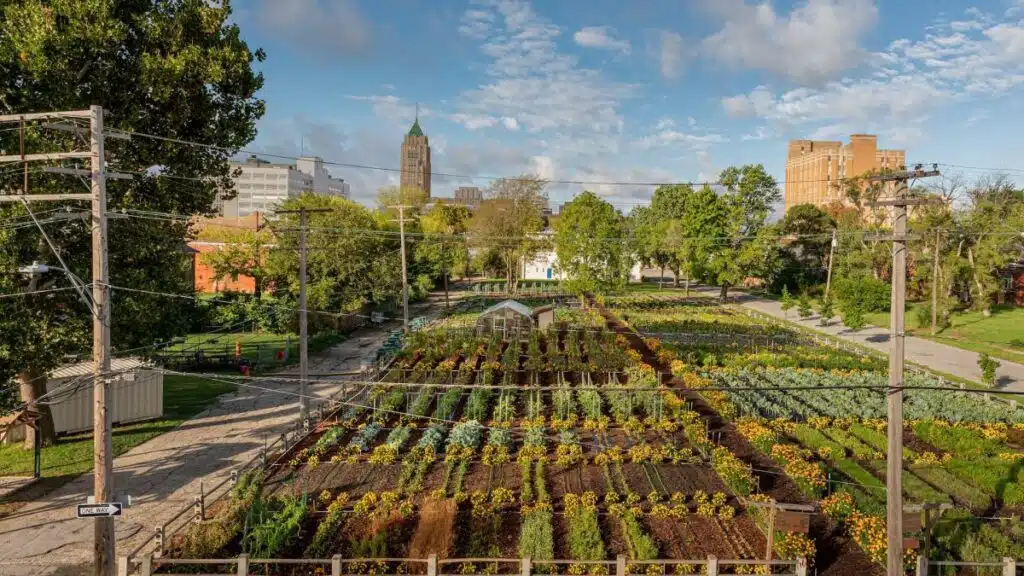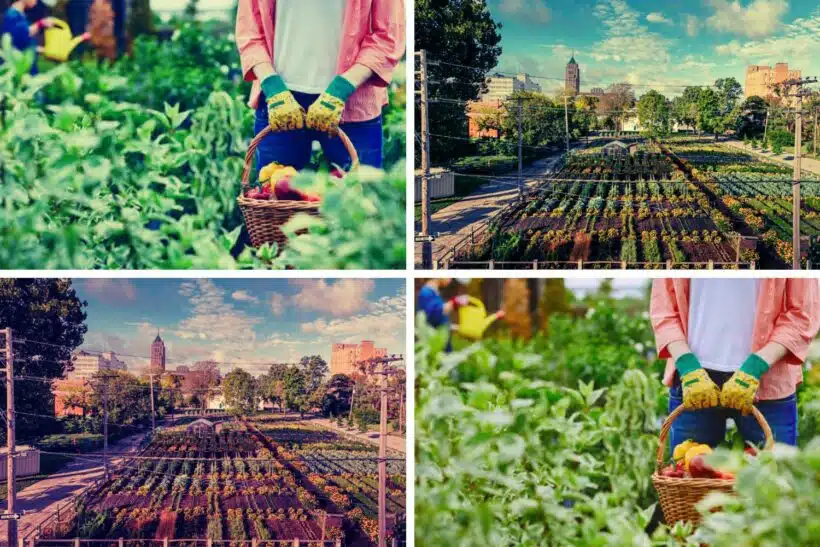Food self-sufficiency is becoming increasingly important today, where access to nutritious and sustainable food is essential. With a growing interest in independent food production, individuals and communities are taking charge of their food sources and reaping the benefits of self-sufficiency. In this comprehensive guide, we will explore the concept of food self-sufficiency, providing a step-by-step approach to help you embark on your journey towards independent food production.
Understanding Food Self-Sufficiency
Food self-sufficiency refers to the ability to produce a significant portion of your own food. By growing your fruits, vegetables, herbs, and even raising animals for meat, eggs, or dairy, you reduce reliance on external food sources and gain control over the quality and sustainability of your diet. Food self-sufficiency offers numerous benefits, including increased food security, improved nutrition, reduced environmental impact, and a deeper connection to your food.
Assessing Available Space and Resources

To embark on your journey towards food self-sufficiency, start by assessing your available space and resources. Whether you have a backyard, rooftop, or access to a community garden, evaluate the potential for food production. Consider factors such as sunlight exposure, water sources, and soil quality. Additionally, assess the resources you can allocate, including time, labor, and financial resources, to ensure a realistic approach to food production.
Choosing Suitable Food Production Methods
Depending on your available space and resources, there are various food production methods to consider. Traditional gardening, hydroponics, and aquaponics are popular options. Traditional gardening involves cultivating plants in soil, while hydroponics utilizes nutrient-rich water solutions. Aquaponics combines hydroponics with fish farming, creating a symbiotic system where plants receive nutrients from fish waste. Evaluate the advantages and considerations of each method to choose the most suitable approach for your circumstances.
Planning and Designing a Productive Food Garden
Once you have chosen a food production method, it’s time to plan and design your food garden. Consider the layout and design, incorporating crop rotation and companion planting techniques to optimize space and nutrient utilization. Permaculture principles can guide your design, promoting biodiversity, soil health, and water conservation. Implement water-efficient irrigation systems and utilize organic fertilizers and compost to enhance the productivity and sustainability of your garden.
Cultivating a Variety of Food Crops
A diverse range of food crops is essential for a well-rounded and sustainable food production system. Select fruits, vegetables, and herbs that are suitable for your climate, soil type, and available growing season. Consider heirloom and native plant varieties to promote biodiversity and preserve traditional crops. Diversifying your food crops enhances nutrition and increases resilience to pests, diseases, and climate variations.
Integrating Livestock and Poultry
Incorporating livestock and poultry into your food production system can further enhance self-sufficiency. Raising chickens, rabbits, or other small animals provides a source of meat, eggs, or dairy. To ensure the well-being of your animals, it’s crucial to assess space requirements and zoning regulations. Mobile range coops are a valuable solution in this regard, offering a sustainable and mobile housing option for poultry. These coops can be moved to different areas of your property, allowing animals to graze on fresh grass and forage, promoting their health and reducing environmental impact.
Harvesting, Preserving, and Storing Food

Knowing the optimal timing and techniques for harvesting different food crops is key to maximizing their nutritional value and flavor. Preserve the abundance of your harvest through various methods such as canning, drying, and freezing. Proper storage techniques ensure that your homegrown produce stays fresh for extended periods, minimizing waste and ensuring a continuous food supply.
Enhancing Soil Health and Biodiversity
Soil health is vital for productive and sustainable food production. Incorporate organic and regenerative practices such as composting and vermiculture to improve soil fertility. These practices enrich the soil with nutrient-rich organic matter and beneficial microorganisms. Implement strategies to promote pollinator-friendly habitats and beneficial insects, creating a balanced ecosystem within your food garden.
Managing Pests and Diseases Organically
Pests and diseases can challenge food production, but managing them organically is crucial for maintaining a sustainable and chemical-free environment. Implement integrated pest management (IPM) techniques, including monitoring, proper identification, and using natural pest repellents or biological control methods. Promoting a healthy and diverse ecosystem can reduce the likelihood of pest and disease outbreaks.
Sharing Knowledge and Community Engagement
Sharing knowledge and engaging with the community are integral aspects of the journey toward food self-sufficiency. Participate in workshops, community gardens, or online platforms where you can exchange ideas and learn from experienced growers. Collaborate with local farmers, participate in farmers’ markets, or join food cooperatives to strengthen local food systems and support sustainable practices. Community initiatives foster resilience and a sense of shared responsibility towards a sustainable and independent food future.
Water Conservation and Management
Water is a precious resource, and efficient water management is crucial for sustainable food production. Explore techniques such as rainwater harvesting, drip irrigation, and mulching to conserve water in your food garden. Implement water-efficient practices and technologies to minimize water waste and ensure optimal use. Additionally, consider the reuse of greywater or integrating water-saving features like self-watering systems to enhance water conservation efforts further.
Building Resilience: Seed Saving and Community Exchange
Building resilience in your food production system involves preserving heirlooms and open-pollinated seeds. Learn about seed-saving techniques to save seeds from your own crops and maintain a diverse seed bank for future seasons. Participate in community seed exchanges or seed libraries to expand the variety of seeds available and promote genetic diversity. By embracing seed saving and community exchange, you contribute to the preservation of traditional crops and strengthen the resilience of your local food system.
Conclusion
Embarking on the path of food self-sufficiency is a rewarding journey that promotes sustainability, self-reliance, and a deeper connection to nature and the food we consume. By understanding the concepts and following the steps outlined in this guide, you can create a thriving food production system that nourishes both you and the environment. Additionally, incorporating practices such as water conservation and seed saving further enhances the self-sufficiency and sustainability of your food production. Embrace the power of independent food production and contribute to a resilient and sustainable food future.
Remember, food self-sufficiency is not an all-or-nothing endeavor. Start small, learn from experience, and gradually expand your food production efforts. Each step you take towards self-sufficiency contributes to a more sustainable and resilient food system for yourself, your community, and the planet. Enjoy the rewards of growing your own food, fostering a deeper connection to nature, and promoting a healthier and more sustainable way of life.






